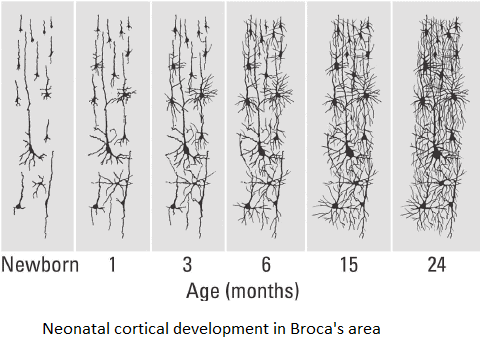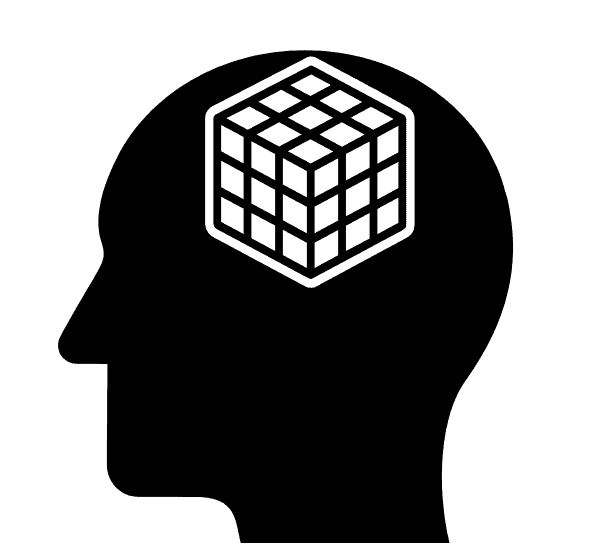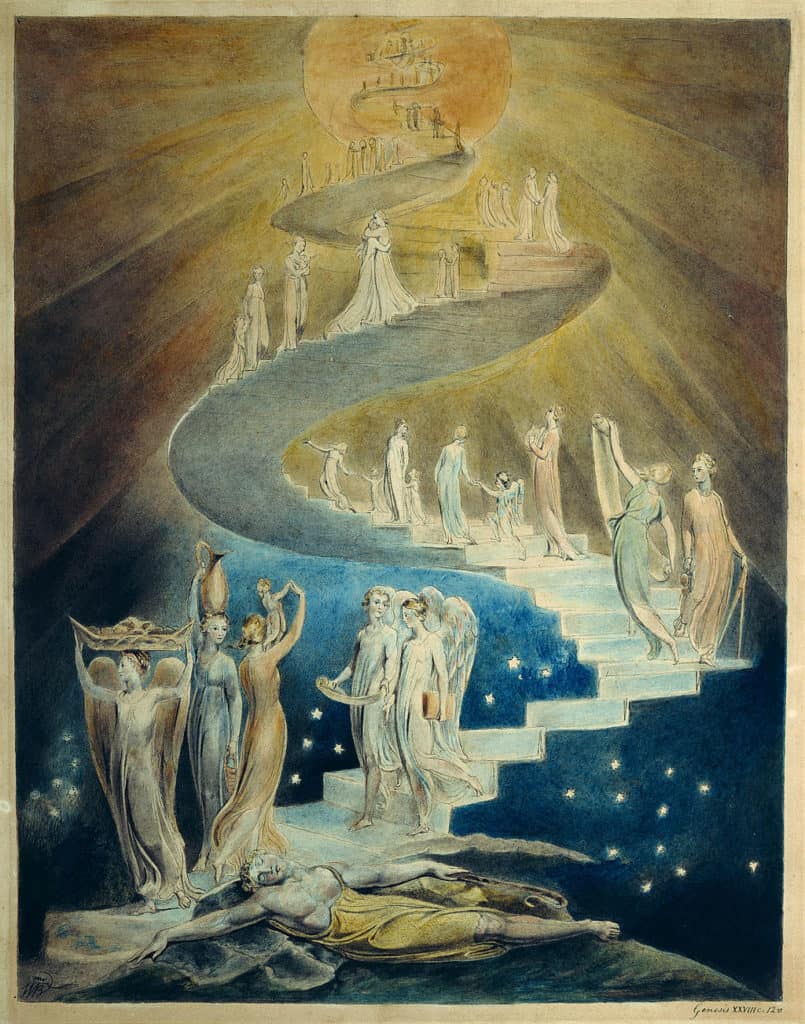Do Neurons Control Thinking?
That’s like asking: do cars control driving? Just as cars don’t control where we go, neurons don’t control thoughts. They are not an arbiter of thoughts that arose outside the brain. Thoughts result from the collective action of neurons.
At the most fundamental, thoughts arise from sensory perceptions that are categorized, then augmented by memories, emotions, and knowledge. The progress of perceptions through the brain occurs via neurons and their connection.
Neurons, upon which thinking depends, are shaped by our neural genetic makeup and our experiences.
Thinking
What are thoughts? By definition, they are individual acts, developed intentions or plans, opinions or beliefs, or the organized view of individual thoughts. Synonyms for thinking are ideas, concepts, impressions, and notions.
An important delineation is between conscious thoughts—an awareness of one’s environment and one’s own existence, sensations, and thoughts—and unconscious thoughts which occur in the absence of conscious awareness.
Neural Characteristics
Out of the womb, neurons have extremely limited categorization ability. They can tell bright from dark and up from down; however, the mother’s face is learned. In fact, almost all categories are learned.
A striking example of neural connections growing as a child learns language is shown in this photomicrograph of the Broca area of the brain, where speech is generated. If you glance rightward, it’s impossible to overlook the increasing complexity of the neural connections. That’s a visual representation of neural learning and the growth we hear in the child’s verbal ability.
Cortical neurons react individually and in modules (neural groups that are intensely interconnected, share similar input streams, and deliver a signal to downstream modules). For Broca’s area, by 24 months, those neurons are sending reliable messages to other brain areas.
There are three main biological factors which contribute to the neuron’s role in thinking.
- Neural Threshold. This barrier determines whether its inputs are responded to or not. If the neuron’s input threshold is exceeded, the neuron sends a signal through its axon to downstream neurons. If the aggregate input is lower than the threshold, the neuron does not fire and all its downstream neurons receive no sign that the neuron has received any inputs.
- Gamma-Aminobutyric Acid (GABA). This inhibitory neurotransmitter plays many roles in the nervous system, but the important learning role for GABA is it inhibits distant synapses greatly but not nearby ones. This allow faster learning of patterns in novel stimuli. The GABA boost is localized and of a limited duration. Once it ends, the synapses thereafter change less readily to novel inputs.
- Myelination. Approximately at the time as GABA abating, the axons of the local neurons get coated (with myelin) which enables them to carry their signal to more distant brain neural modules faster and with accuracy. Thereafter, the learned categories are sent to downstream neurons. Those neurons undergo their own GABA learning cycle ending with their myelination. The migration of neural learning continues in this fashion through layers and layers of the cortex lasting years.
Stages in a Neuron’s Life
After the neural has completed its learning stage, it enters the recognition stages. A set of input to the neuron is reliably interpreted to its learned category.
At the start of the learning stage, neurons react indeterminately. With exposure to repeated sensations, the neurons develop a consistent reaction to sensation patterns. Until this learning is complete, the rest of the brain’s neural layers do not receive consistent perception information from that neural module.
Once learning completes, sensations are quickly categorized into the learned patterns and the result is passed to other brain modules. Once in the recognition stage, learning new patterns is difficult and slow.
These two stages of learning are not limited to neurons connected to sensory cells. The stages occur in the neural modules that perform memory recall and applying knowledge. Each module waits for its neural feeder modules to complete their learning stage before it can commence its own learning.
Learning Never Ends
We continue to learn and develop new ideas every day through adulthood. Doesn’t that put the lie to this argument that all neurons have two stages? It would if all neurons went through the two stages; however, neurons in the prefrontal executive area remain in stage one forever. They retain the ability to categorize novel arrangements of input. Their interconnections with working memory are not frozen by myelin.
Nonetheless, it’s important to note that the categorized information delivered to our adult conscious awareness is fixed by the categories we learned at earlier periods of our life.
Supervised and Unsupervised Learning
At a very basic level, there are two distinct learning modes.
- Supervised training. The person is exposed to data (images, audio, stock data, etc.) and told what the data is (seascape, letter, language phrase, promising trend, and so on). The person stores the new information in the defined category, ignoring pieces that lie outside the category. This is the fastest way to learn, although it channels thoughts into preordained categories. It inhibits individual perspective.
- Unsupervised training. The person is exposed to data (images, audio, stock data, etc.) but is not told what the data represents. The person notes various patterns in the data (light and dark regions, rhythms in acoustics, changes in price, etc.) and stores the data, slowly detecting patterns in its input. Learning patterns is a tedious process; however, novel categories can occur. Some categories may be breakthroughs, though some might be eccentricities, while many contribute to our unique, individual personalities.
Before we learned language, we experienced situations for which we had to categorize without guidance. Even after we could understand words, our knowledge was often insufficient to organize all the situations that confronted us. In that case, unsupervised learning may provide categories that we later realize we need to alter and, sometimes, we never see the need to change our personal categories.
Examples
- Learning the alphabet is supervised training.
- Understanding the stock market is unsupervised training.
- Learning what is good writing is semi-supervised. One teacher may label a novel perfect, while another may cite its shortcomings.
There is no absolute standard for great writing, artistic masterpieces, or social skillfulness. There are guidelines, but with many exceptions. Personal categorizations vary widely.
Learning Completed
After learning is completed, the person will categorize novel data into learned categories (defined by the supervisor or personally developed).
- Supervised learning leads to categories that are social, cultural, and academic.
- Unsupervised learning fills in phenomena that falls outside supervised instructions. These personal categories can be highly unique and distinctive.
Neurons Role in Thought
After this quick tour of neurons and how they learn (under supervision mostly but unsupervised in some important situations), you should feel comfortable that neurons are serving us rather than ruling us.



